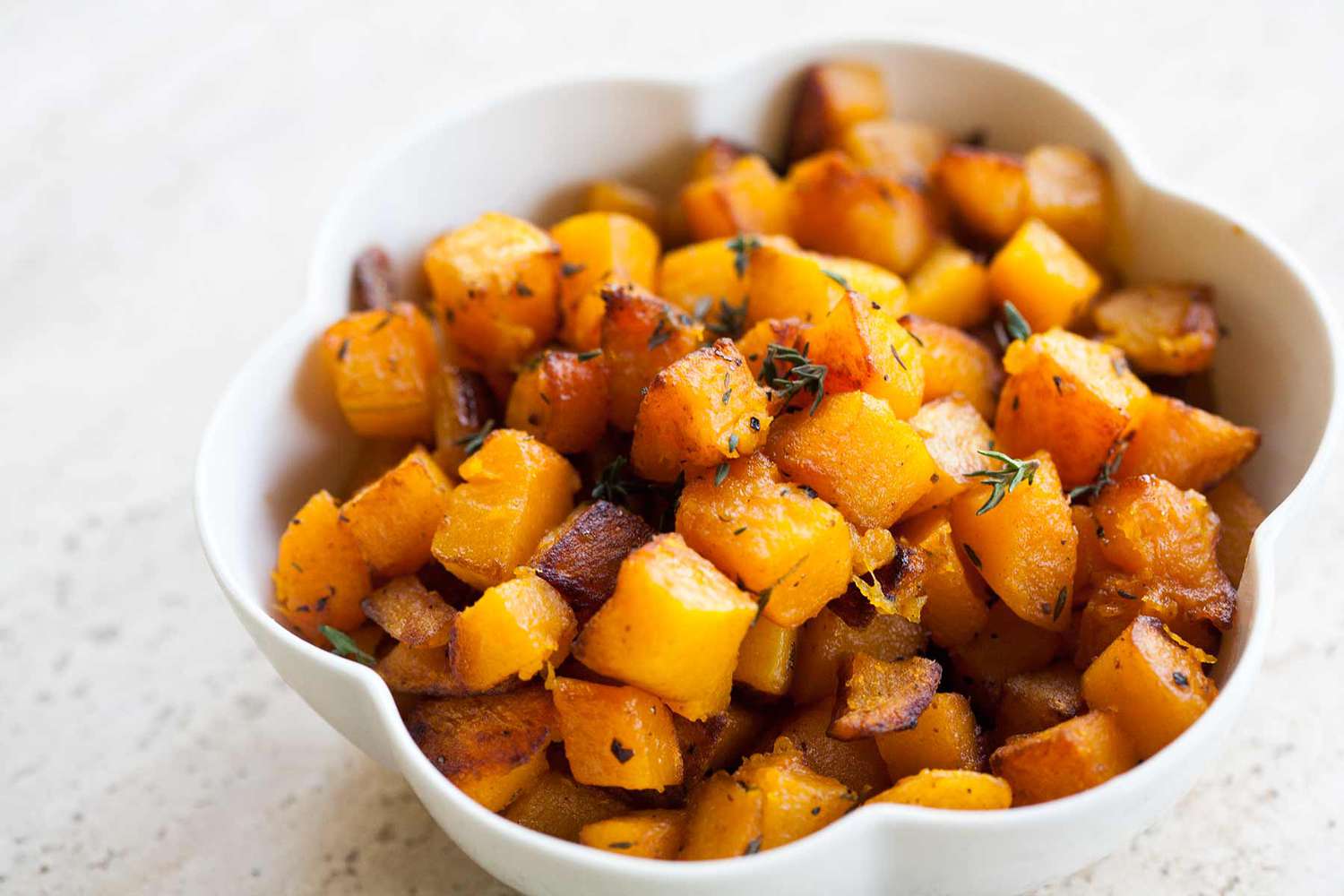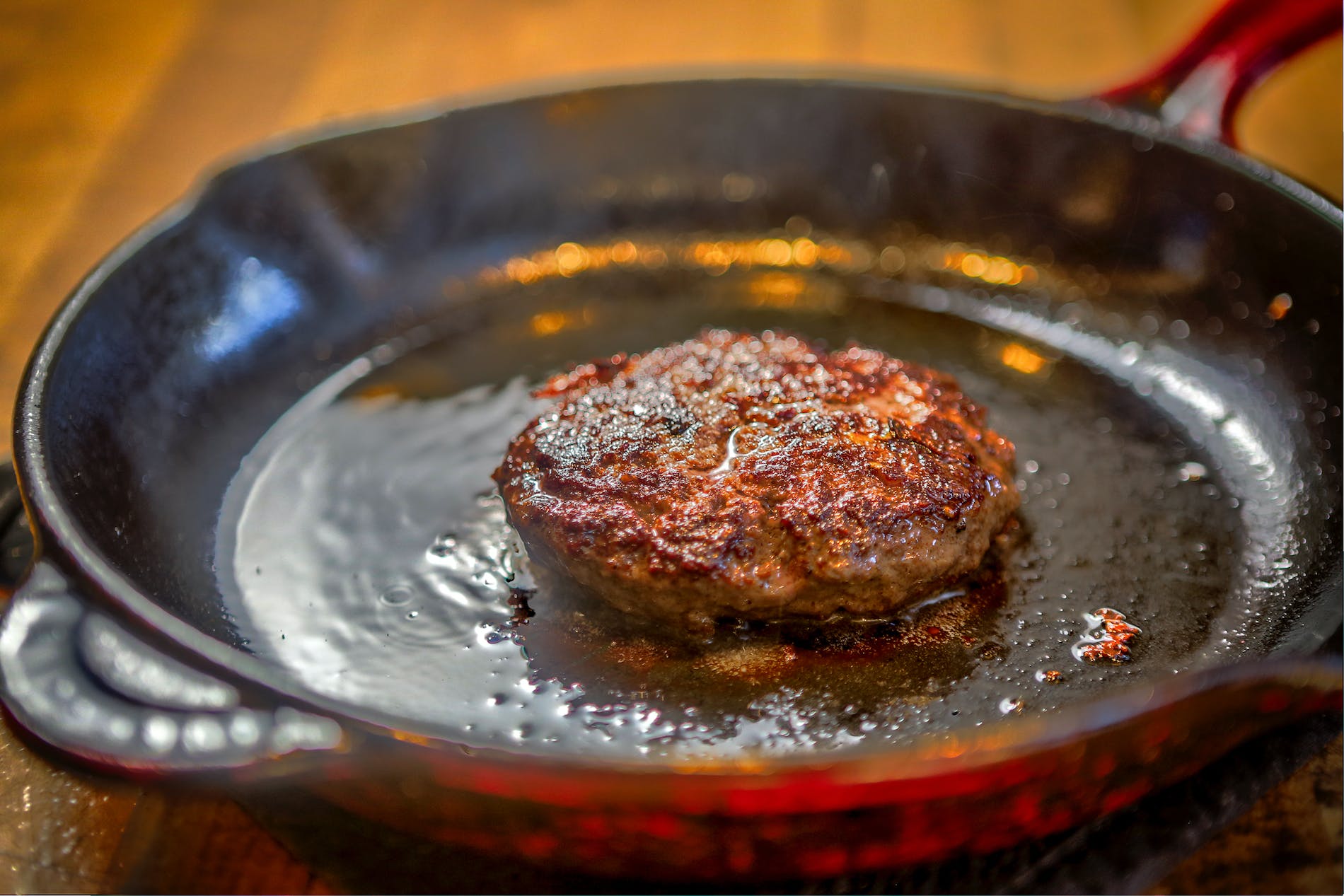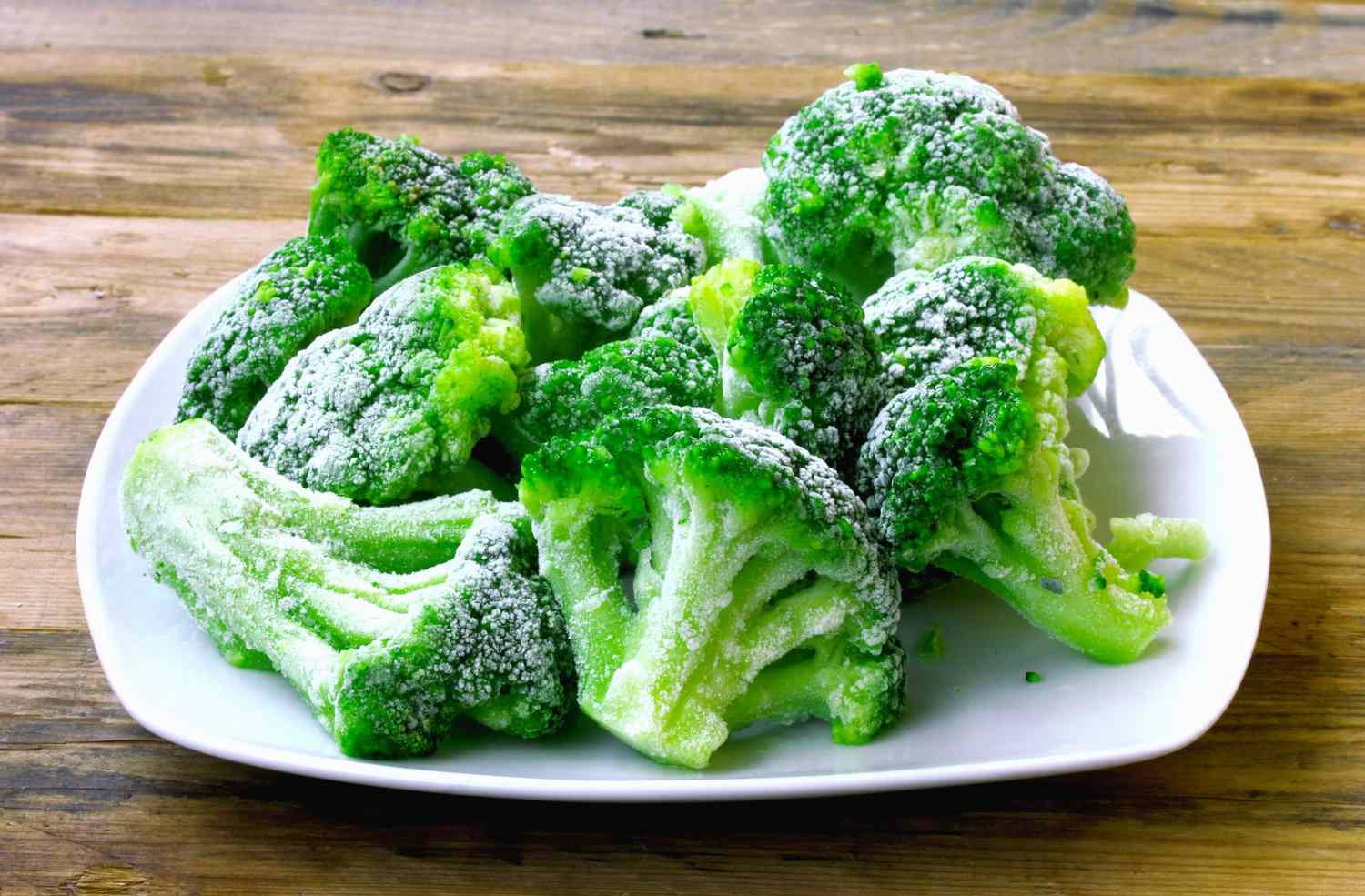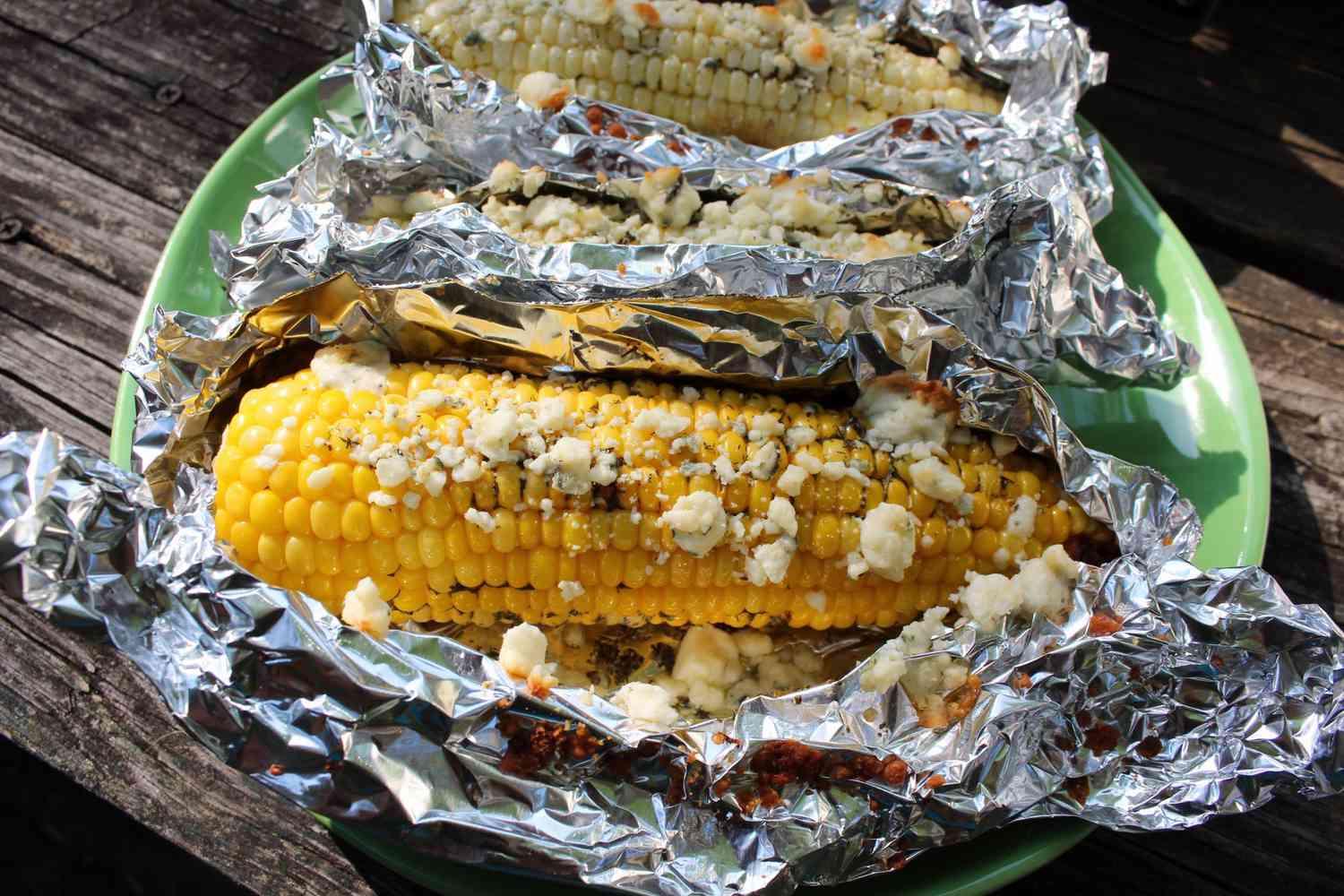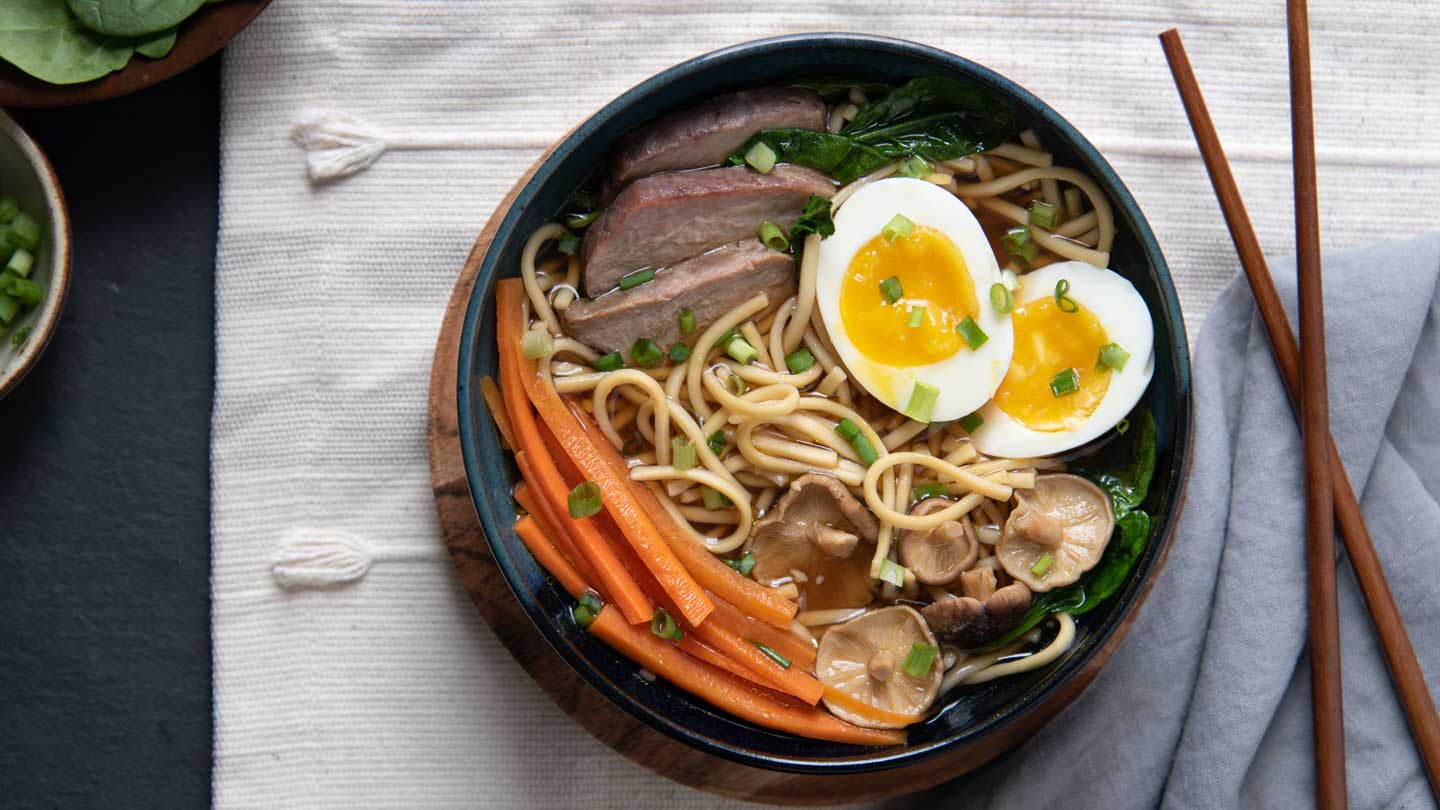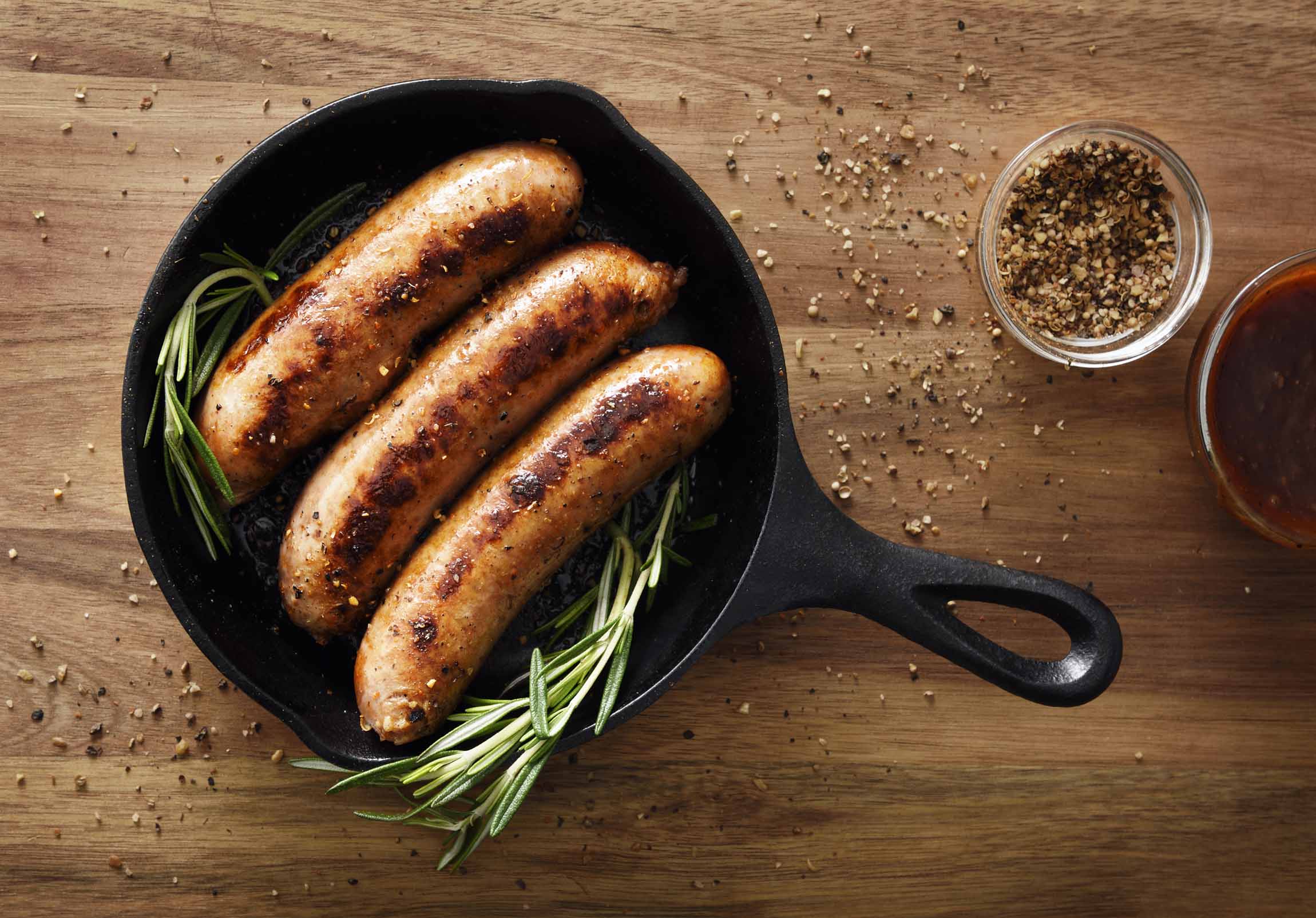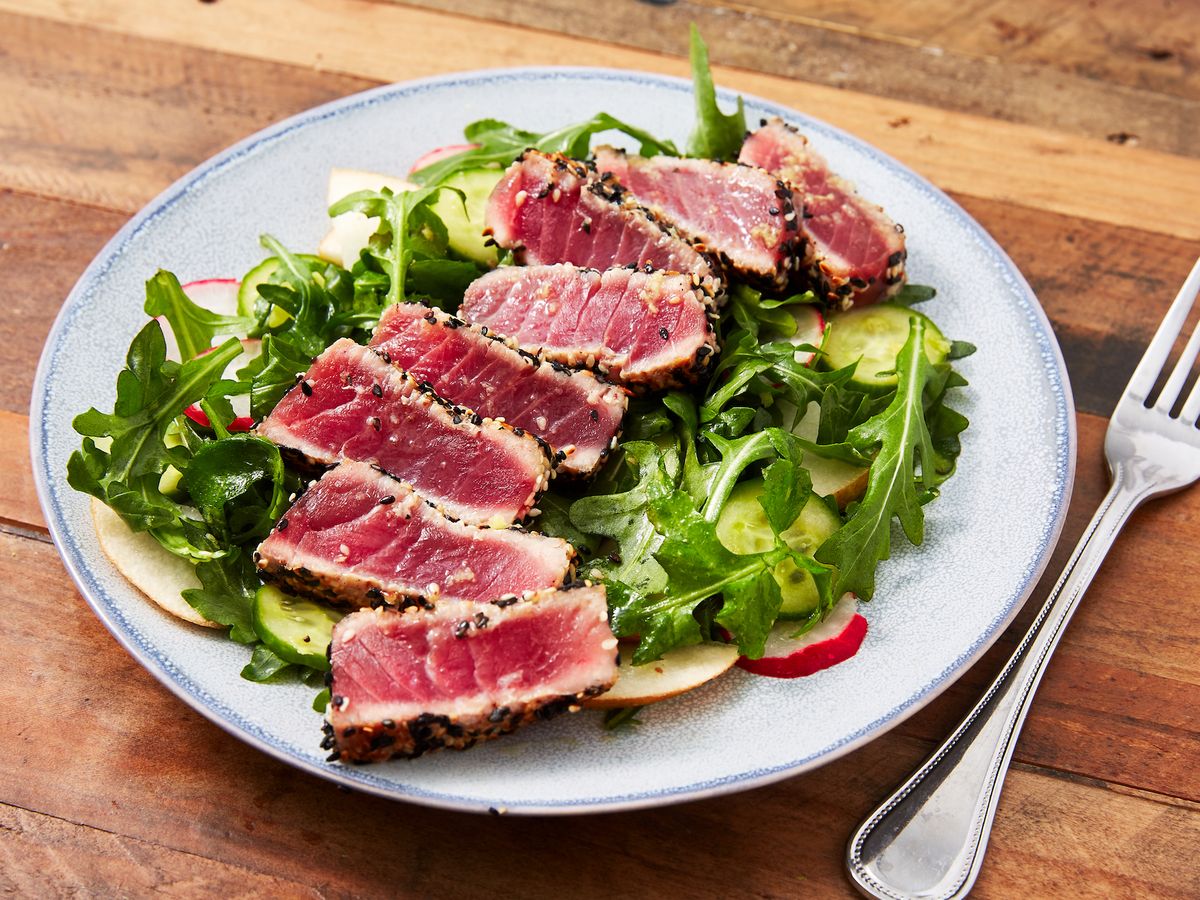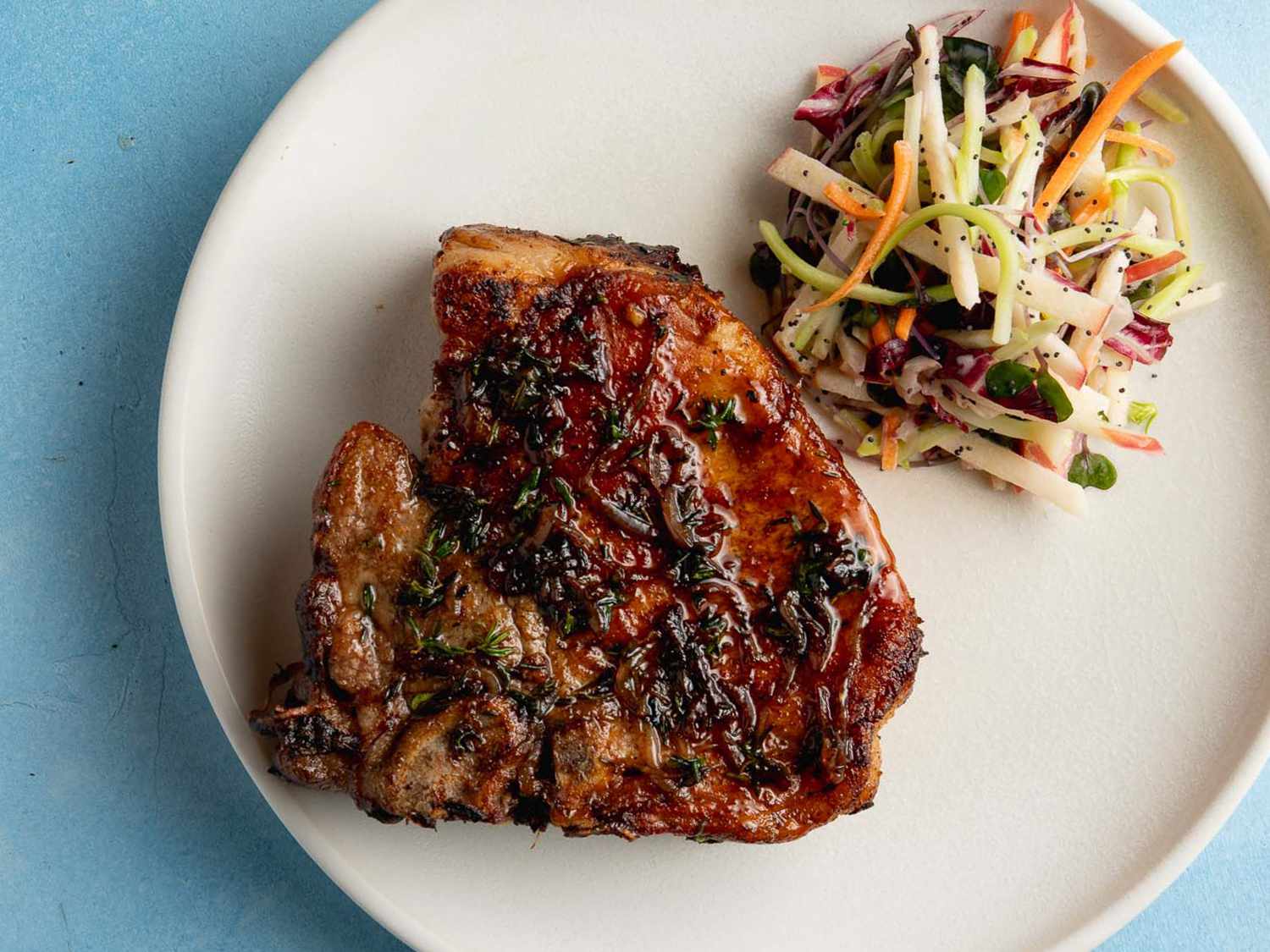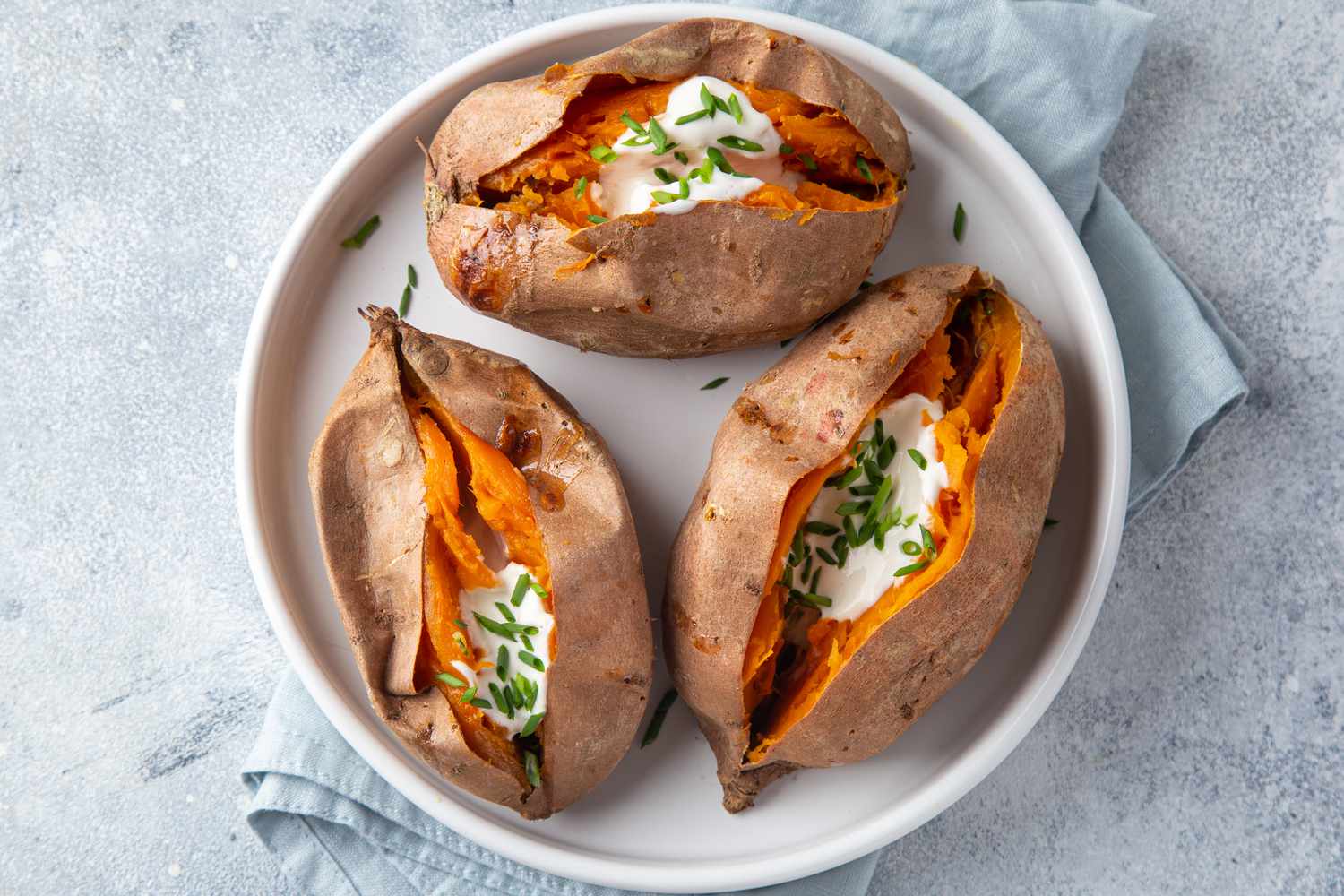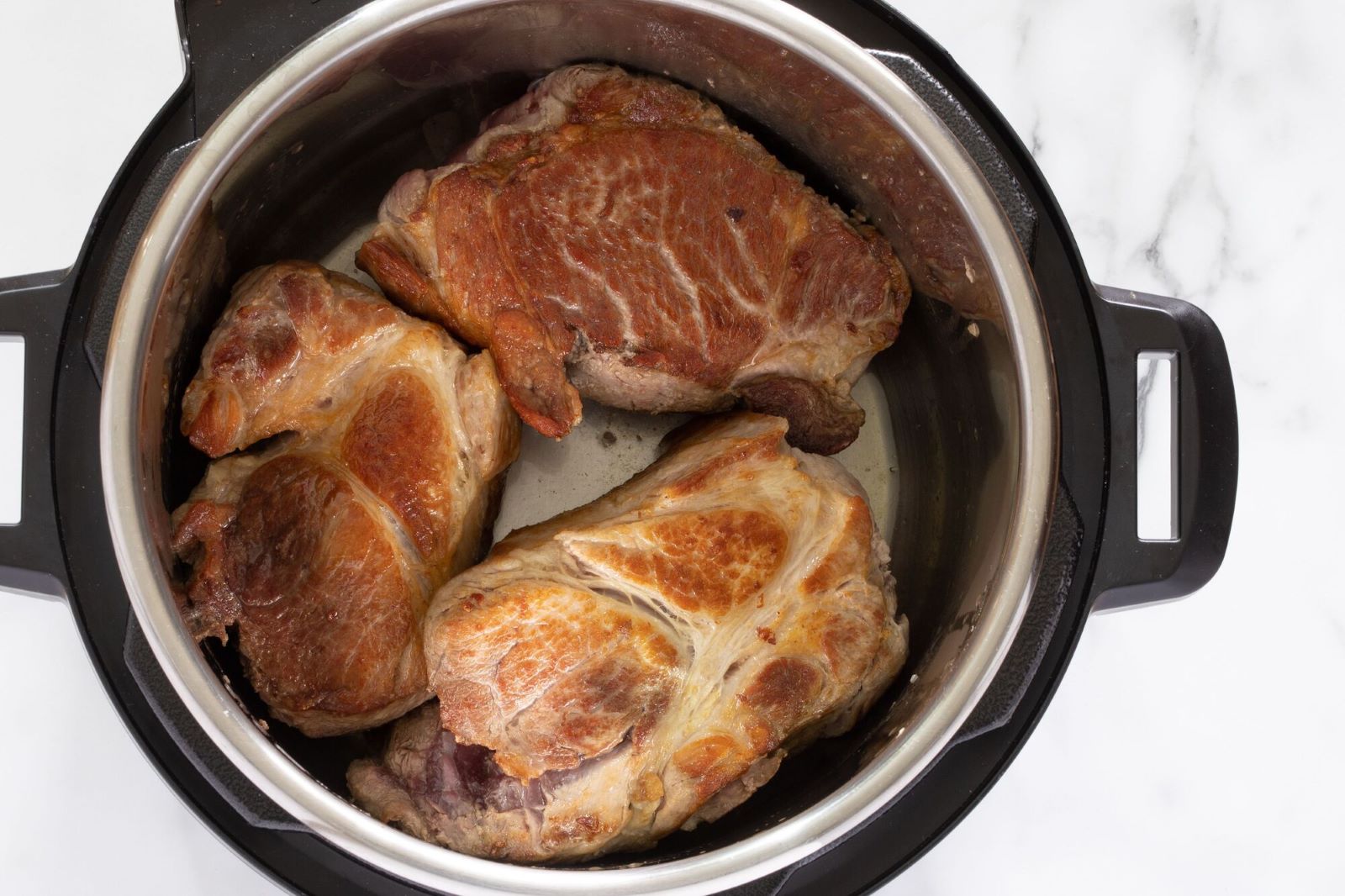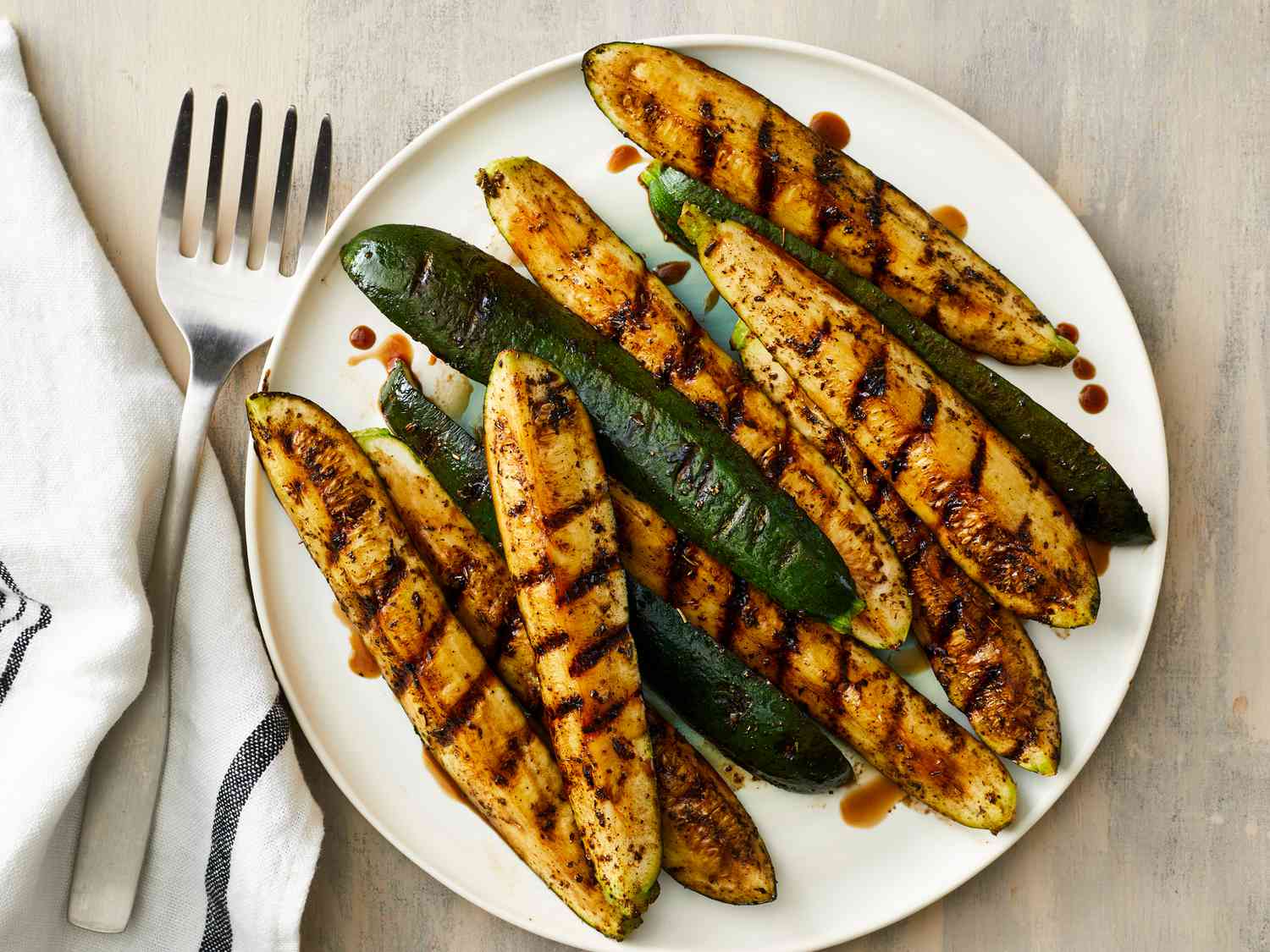Unlocking the Delight of Succulent Cubed Salmon
Salmon is a versatile and flavorful fish that can be prepared in a variety of ways. If you’re looking for a delicious and easy way to enjoy this delightful seafood, look no further than cubed salmon. Whether you’re a seasoned cook or a beginner in the kitchen, this guide will walk you through the steps of cooking delectable cubed salmon.
Choose Fresh and High-Quality Salmon
Before diving into the cooking process, it’s important to select fresh and high-quality salmon. When it comes to cubed salmon, it’s best to opt for skinless fillets. Look for salmon that has a vibrant color, firm texture, and a slightly oceanic aroma. This ensures that you’ll be starting off with the best possible ingredients.
Preparing the Marinade
Marinating cubed salmon not only infuses it with flavor but also adds a tenderizing element to the fish. Here’s a simple and delicious marinade recipe to bring out the best in your cubed salmon:
- Combine 2 tablespoons of soy sauce, 1 tablespoon of honey, 1 tablespoon of freshly squeezed lemon juice, and 1 teaspoon of minced garlic in a bowl.
- Add a pinch of black pepper and a dash of sesame oil to enhance the flavors.
- Whisk all the ingredients together until well combined.
Place the cubed salmon in a shallow dish or a resealable bag and pour the marinade over it. Make sure the salmon is fully coated in the marinade, then cover the dish or seal the bag. Allow the salmon to marinate in the refrigerator for at least 30 minutes to up to 2 hours, depending on your desired intensity of flavor.
Master the Cooking Technique
Now that your cubed salmon has been marinated, it’s time to bring out its full potential through cooking. Here’s a simple stovetop method to achieve that perfect, succulent texture:
- Heat a non-stick skillet over medium-high heat and add a drizzle of olive oil.
- Once the pan is hot, carefully place the cubed salmon pieces into the skillet, making sure not to overcrowd them.
- Cook the salmon for about 2-3 minutes on each side, or until it reaches your desired level of doneness. The internal temperature should be around 145°F (63°C), ensuring flaky and moist cubes.
- Remember to avoid flipping the salmon too frequently as it may cause it to break apart. Instead, let each side develop a beautiful crust.
Get Creative with Serving Ideas
Now that you have perfectly cooked cubed salmon, it’s time to plate it up and enjoy! Here are some serving suggestions to make your salmon shine:
- Serve the cubed salmon over a bed of vibrant mixed greens for a refreshing salad.
- Toss the cubed salmon into a bowl of steaming hot pasta, along with your favorite sauce.
- Skewer the cubed salmon onto bamboo sticks and grill them for a delightful appetizer at your next gathering.
- Enjoy the cubed salmon as a protein-rich topping for sushi rolls or poke bowls.
- Pair the cubed salmon with steamed vegetables and a side of flavorful rice for a wholesome and balanced meal.
Whether you’re cooking for yourself or hosting a dinner party, mastering the art of cooking cubed salmon is sure to impress. With its versatile flavor and endless serving possibilities, cubed salmon is a delightful addition to any culinary repertoire. So grab your apron, embrace your inner chef, and savor the joy of cooking and relishing succulent cubed salmon!
Was this page helpful?
Read Next: How To Cook Fresh Squid
